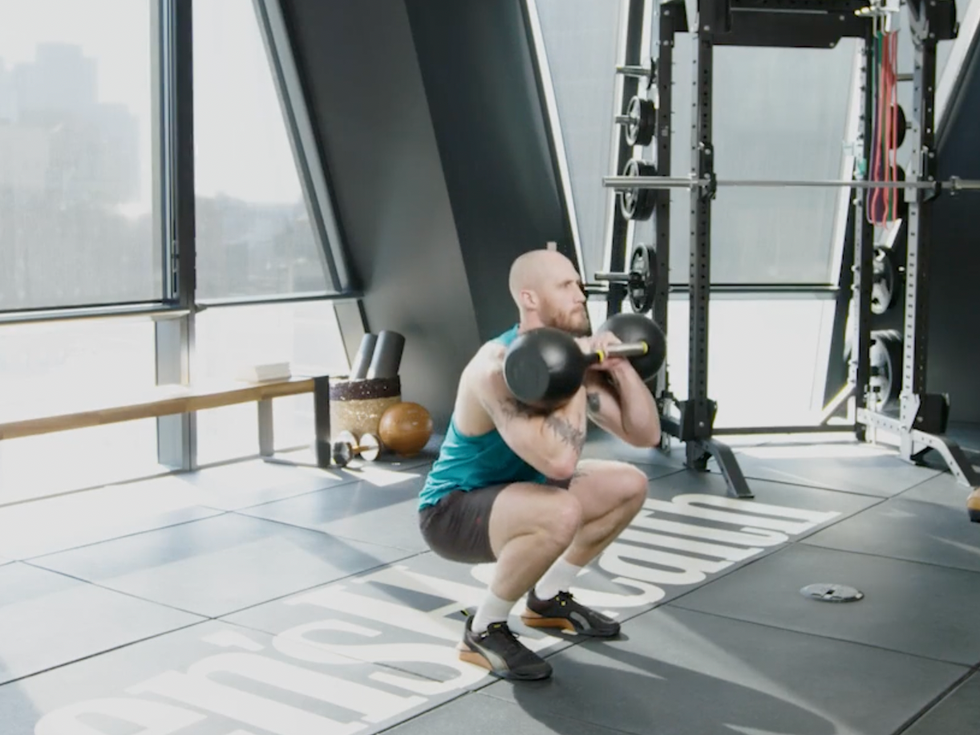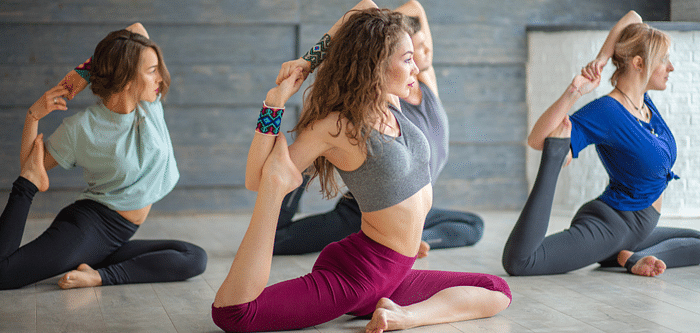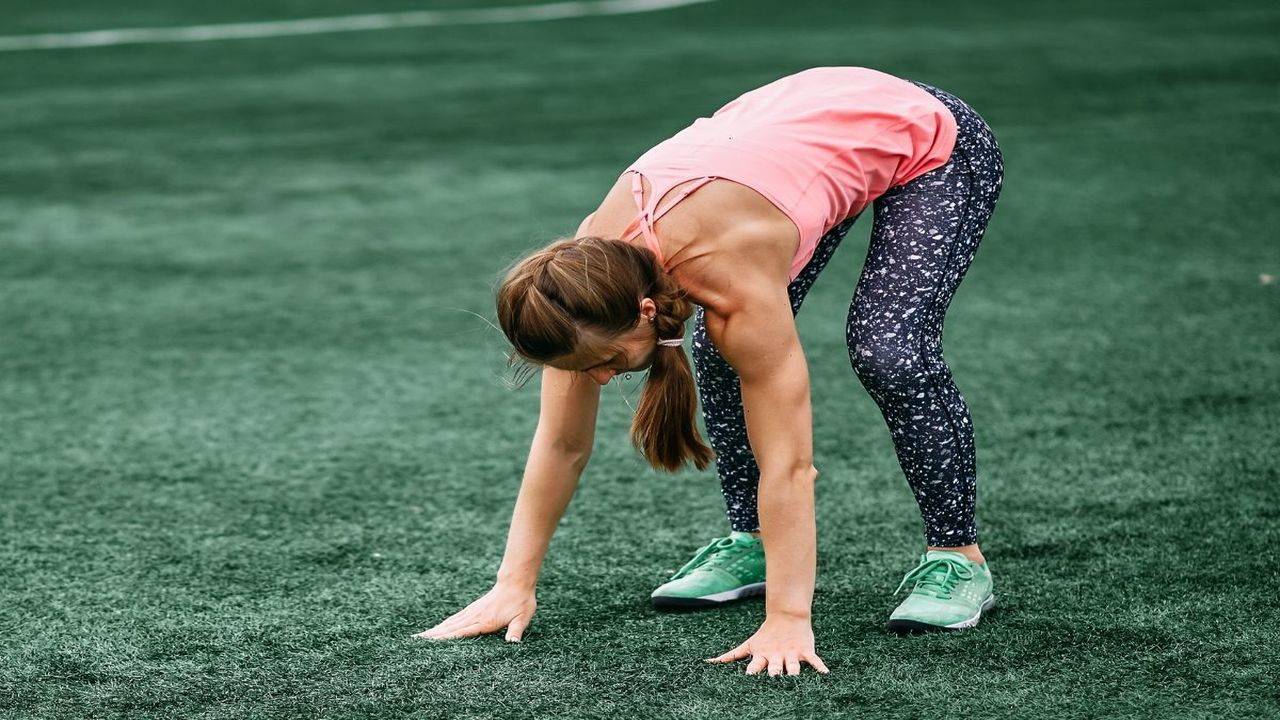Think you’re strong? Confident in your endurance? Then you haven’t tried this brutal 5-minute kettlebell ladder to hold workout.
It sounds simple—just a ladder of reps followed by a static hold. No sprints, no complicated moves. But by minute three, your muscles will be on fire. By minute five, you’ll be questioning every life decision that led you to picking up that kettlebell.
But here’s the truth: this short burner is one of the most efficient, muscle-taxing, and mentally challenging workouts you can do at home or in the gym. It torches your entire body, builds grit, and sharpens form—all in five minutes flat.
If you’re looking for a fresh way to test your limits, this kettlebell ladder is for you.
What Is the Kettlebell Ladder to Hold Workout?
This is a time-based workout that combines two punishing training techniques:
- Ladders: Increasing reps as you go.
- Holds: Static tension to finish each round.
You’ll perform kettlebell swings in a ladder format, adding reps every round. But after each set, you’ll immediately go into a kettlebell hold—usually a goblet squat hold or an overhead lockout.
It doesn’t give your muscles a break. In fact, the “rest” becomes more work. That’s what makes it so deceptive—and effective.
The Format: 5-Minute Ladder + Hold
Let’s break down the actual structure of this challenge.
You’ll Need:
- One kettlebell (moderate weight)
- A timer
- Open space (for safe swinging)
The Workout
Each minute:
- Perform a set of kettlebell swings (reps increase each minute)
- After the swings, go directly into a hold for the remaining time
Here’s how the ladder looks:
- Minute 1: 5 swings → Hold goblet squat for remainder of the minute
- Minute 2: 10 swings → Hold goblet squat
- Minute 3: 15 swings → Hold goblet squat
- Minute 4: 20 swings → Hold goblet squat
- Minute 5: 25 swings → Hold goblet squat
That’s 75 swings and nearly 3 minutes of squat holds in 5 minutes. Simple. Brutal. Effective.
Why This Workout Hits So Hard
1. Swing Volume Builds Fast
The increasing reps ramp up volume and fatigue quickly. It starts easy, but by minute four or five, you’re deep into high-rep territory with little recovery.
2. Static Holds Demand Focus
The goblet squat hold after each set doesn’t allow any real rest. Your legs, core, and grip are constantly under pressure. You’re forced to stay tight, breathe under tension, and push past the burn.
3. No Wasted Time
This workout packs maximum intensity into five minutes. It’s great for busy days, travel sessions, or finishing a heavy leg or full-body session.
4. Mental Toughness Builder
This isn’t just physical. Holding a squat after 25 swings is a test of will. Your mind will want to drop the kettlebell, but pushing through builds serious grit.
How to Perform It Safely and Correctly
Kettlebell Swings
- Start with feet hip-width apart
- Grip the kettlebell with both hands
- Hinge your hips back (not a squat)
- Explode forward with your hips to swing the bell to shoulder height
- Let gravity bring it down and repeat
Tips:
- Use your hips, not your arms
- Keep your spine neutral
- Breathe out forcefully at the top
Goblet Squat Hold
- After swings, quickly get the kettlebell into goblet position (at chest level)
- Sink into a deep squat
- Hold the bottom position with your chest up, heels flat, and core engaged
Tips:
- Elbows inside your knees
- Don’t collapse your torso
- Stay relaxed but tight—yes, it’s possible
Choose the Right Kettlebell Weight
Pick a kettlebell that challenges you by minute three, but doesn’t force you to sacrifice form. Here’s a rough guide:
- Beginner: 8–12 kg
- Intermediate: 12–16 kg
- Advanced: 20–24 kg
The goal isn’t to max out in strength—it’s to maintain tension and endurance across five escalating rounds. If you can breeze through 25 swings and a full squat hold without struggling, go heavier next time.
Modifications and Progressions
Too Tough? Try This:
- Reduce reps to a 3–6–9–12–15 ladder
- Hold for only 20 seconds instead of the full remainder
- Use a lighter kettlebell or reduce squat depth slightly
Want More Challenge?
- Extend to 6–7 minutes
- Do single-arm swings, alternating hands each round
- Swap goblet hold for an overhead lockout hold (advanced)
- Add a second kettlebell for heavier loads or double rack holds
Benefits You’ll Feel (and See)
- Glutes on fire from the swing volume
- Quads and core deeply engaged from squat holds
- Grip and forearms pumped from holding that bell without rest
- Lungs working overtime—this feels like cardio, too
- Mental sharpness—you learn to stay composed under tension
Even though this is technically a strength-endurance workout, it builds muscle density, explosive power, and better posture.
Best Time to Use This Workout
This isn’t a full program. It’s a powerful tool. Here’s how to plug it in:
- As a finisher after strength training
- As a quick session on a busy day
- As a challenge workout once a week
- On days when motivation is low but you want something intense
Just five minutes. No fluff. No excuses.
Breathing Strategy for Success
Most people forget this part—but it’s crucial.
- During swings: exhale forcefully at the top of the swing.
- During holds: take slow, deep nasal breaths. This helps calm your nervous system even when your legs are on fire.
Breathing under tension makes you better at managing fatigue—and staying in control when everything burns.
Final Thoughts
This 5-minute kettlebell ladder workout is proof that you don’t need 45-minute sessions or tons of equipment to build real strength and endurance. Sometimes, five minutes of focused intensity is enough to humble you and light your muscles on fire.
You’ll sweat. You’ll shake. You might even curse a little. But by the end, you’ll feel like you did something real. Something that pushed you.
Next time you’ve got five minutes and a kettlebell, run this ladder. Climb it with discipline. Hold with intention. And walk away stronger—physically and mentally.










